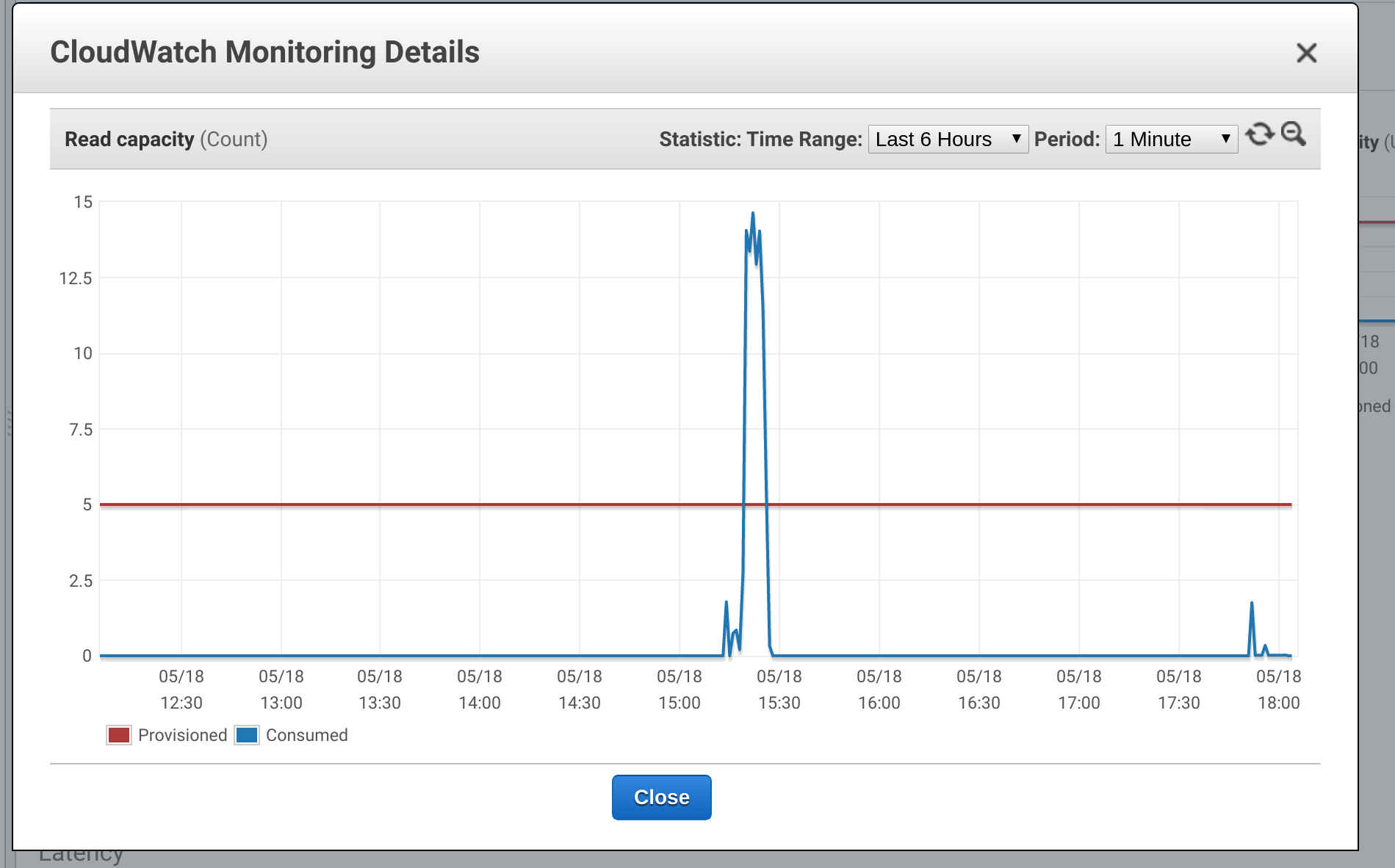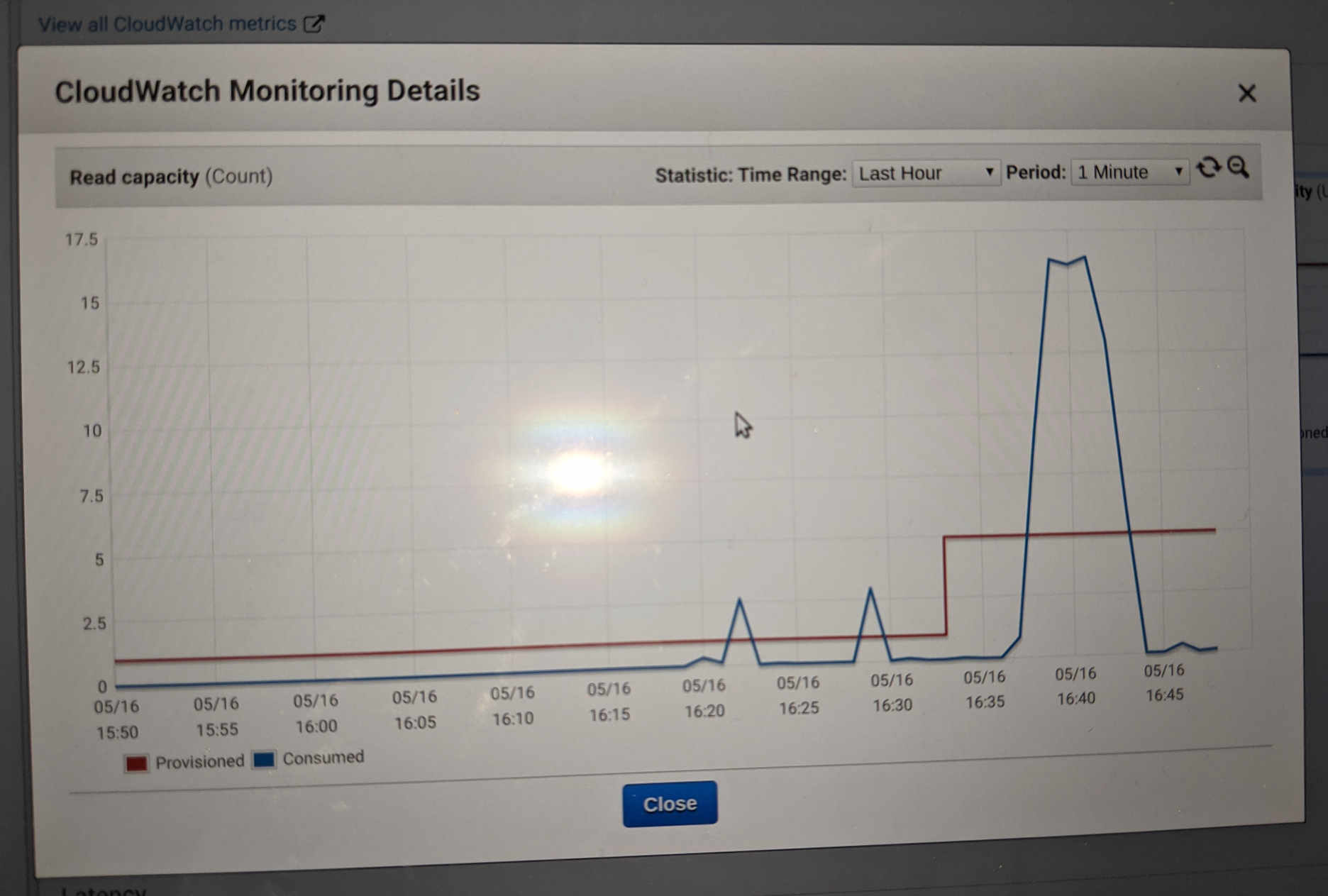How can growing a startup engineering team slow down production?
The situation
Imagine this situation. A successful startup company has secured funding to grow. They have a great engineering team who have made an amazing product which it's customers love, but the market is changing, new features are needed and the company wants to position itself to take advantage of new opportunities.









